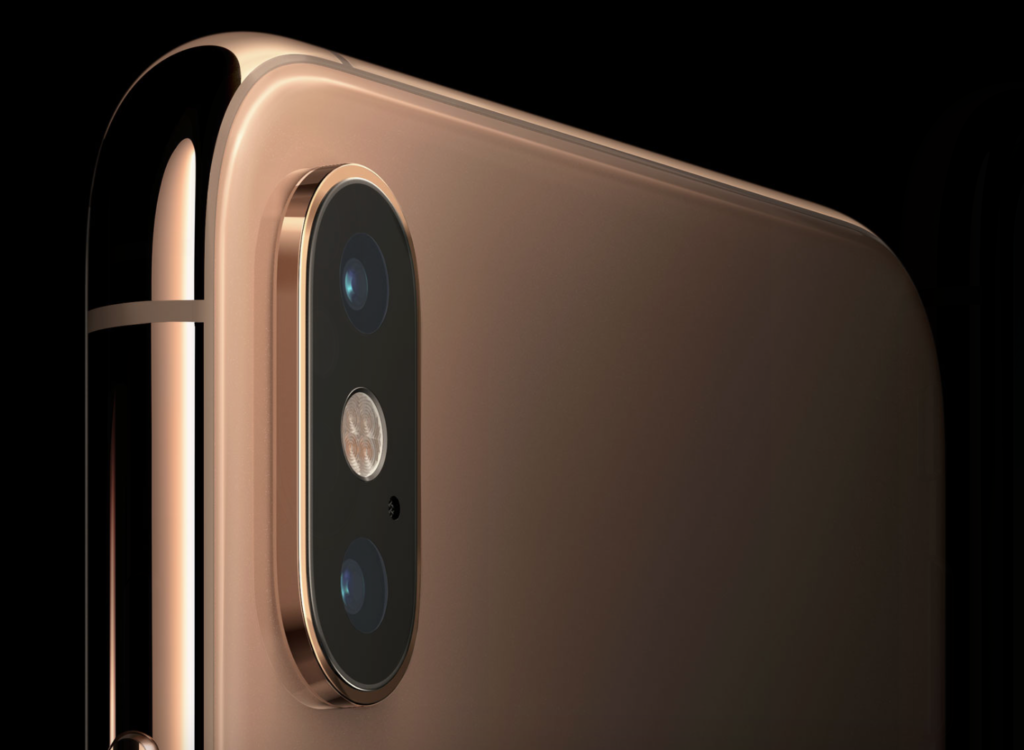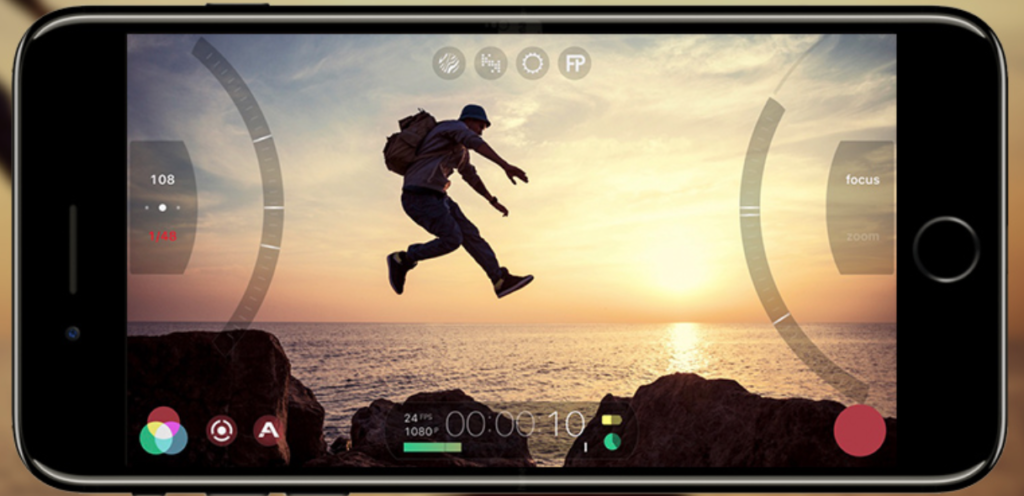Archive for May, 2019
 Can the iPhone Replace a $20,000 Camcorder?
Can the iPhone Replace a $20,000 Camcorder?
With the introduction of Apple’s iPhone XR and XS models, the mobile do-everything wünderdeviceis are again drawing attention as a viable alternative to a traditional video camera. In feature films, the iPhone is already being used as in Steven Soderbergh’s UNSANE (2018), starring Claire Foy. Soderbergh is quoted as saying re that experience: “I look at the iPhone as one of the most liberating experiences I’ve ever had as a filmmaker.”
The iPhone’s lens may seem crude but it is capable of producing startlingly high-resolution images owing to the corrective algorithms applied in the iPhone’s software. The efficiency of the correction is remarkable for its ability to correct egregious lens defects like barrel distortion and chromatic aberrations, the latter being the main reason that cheap lenses look cheap.
There are limitations inherent to utilizing the iPhone for advanced image capture. Its 3mm sensor, with pixels only a few microns in diameter, is notably unresponsive in low light, which means iPhones invariably exhibit poor dynamic range. In the wake of iOS 12 and Apple’s new XS and XS Max, however, shooters are seeing improved log and flat gamma responses, as much as 2.5 stops of additional dynamic range when utilizing FiLMiC Pro’s Log v2 software.
The iPhone, depending on the model, is capable of capturing scenes from 1-240 FPS. FiLMiC Pro adds the ability to set frame rates in increments of a single frame. With the latest update, FiLMiC Pro outputs high bitrate files up to 150Mbps for editing in LumaFusion – the most capable, professional mobile editor on the market.
FiLMic Pro provides shooters with familiar essential functions like focus peaking, zebra stripes, false color, and clipping overlays. The inexpensive app ($15) allows manual control over focus, white balance, zoom speed, and exposure. The ability to control exposure is key as shooters and lighting designers can tweak the look of a scene around a desired ISO and shutter speed.
FiLMiC Pro’s Log v2 expands the dynamic range of the newest iPhones to 12 stops, while producing a 10-bit file for effective color-grading. While the iPhone can only capture video at 8-bits, Log v2 processes the luma and chroma components of the iPhone video with 64-bit precision. The result is an enhanced dynamic range with a smooth tonal quality that bypasses, at least to some extent, the constraints of the iPhone’s 8-bit video. Given the expanded gamma, Log v2 is most effective and noticeable in the mid-tones, with less impact in the luminance areas at or near the black or white points. Log v2 works on all iOS devices, and most Android camera 2 API-capable phones and tablets.

Steven Soderbergh’s UNSANE (2018).

